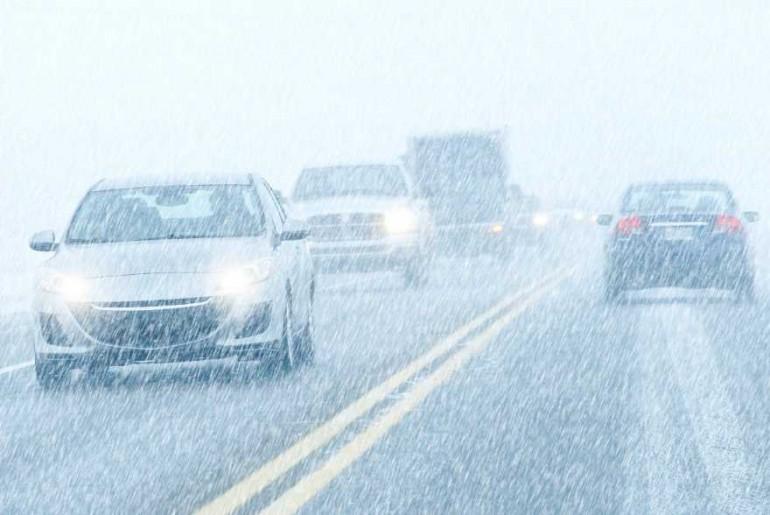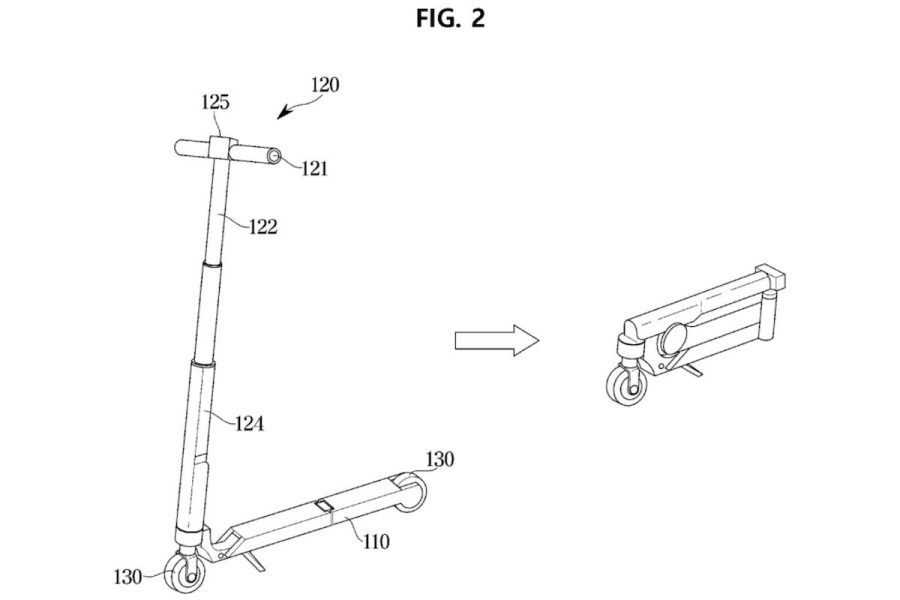
Fog, rain, snow. How to protect yourself while driving?
 Under the autumn-winter period is meant not only precipitation. This time of year is often foggy. The decrease in air transparency also occurs during rain. So how do you protect yourself while driving?
Under the autumn-winter period is meant not only precipitation. This time of year is often foggy. The decrease in air transparency also occurs during rain. So how do you protect yourself while driving?
The rules of the road clearly state that the driver must adapt his driving to the road conditions, including weather conditions. In case of insufficient air transparency, the key is the speed of movement. The shorter the distance you see, the slower you should drive. This is most important on motorways because this is where the majority of accidents occur due to lack of proper visibility. Braking distance at a speed of 140 km / h, the maximum speed allowed on the motorways of Poland is 150 meters. If fog limits visibility to 100 meters, a collision with another vehicle or obstacle is inevitable in an emergency.
When driving in fog, driving is facilitated by lines on the road that indicate the lane and shoulder (of course, if they are drawn). It is important to observe the center line and the right edge of the road. The first will help to avoid a head-on collision, and the second - to fall into a ditch. It is worth knowing that if the dotted middle line increases the frequency of strokes, then this is a warning line. This means that we are approaching a no-overtaking zone - an intersection, a pedestrian crossing or a dangerous turn.
Modern technologies allow you to save the driver from the queue on the road. Many car models are already equipped with lane keeping assist. It should be noted that this type of equipment is available not only in high-end cars, but also in cars for a wide range of customers. Including Lane Assist is offered on the Skoda Kamiq, the manufacturer's latest urban SUV. The system works in such a way that if the car's wheels approach the lines drawn on the road, and the driver does not turn on the turn signals, the system warns him by gently correcting the track, which is noticeable on the steering wheel. The system operates at speeds above 65 km/h. Its operation is based on a camera mounted on the other side of the rearview mirror, i.e. its lens is directed in the direction of movement.
The Skoda Kamiq also comes standard with Front Assist. This is an emergency braking system. The system uses a radar sensor that covers the area in front of the car - it measures the distance to the vehicle in front or other obstacles in front of the Skoda Kamiq. If Front Assist detects an impending collision, it warns the driver in stages. But if the system determines that the situation in front of the car is critical - for example, the vehicle in front of you brakes hard - it initiates automatic braking to a complete stop. This system is very useful when driving in fog.
Driving in fog also makes maneuvering difficult. Then overtaking is especially dangerous. According to the coaches of Skoda Auto Szkoła, overtaking in such conditions should only be done in case of emergency. Time spent in the opposite lane should be kept to a minimum. It is also worth warning the driver of the overtaken vehicle with a sound signal (the code allows such use of a sound signal in conditions of poor visibility).
When driving on a route in foggy conditions, the fog lights must be in good working order. Every vehicle must be equipped with at least one rear fog lamp. But we don't turn it on for normal haze. The rear fog lamp can be turned on when visibility is less than 50 meters.
Unfortunately, some drivers forget to turn on their rear fog lights when conditions require it. Others, in turn, forget to turn them off when conditions improve. It also negatively impacts security. The fog light is very strong and often blinds other users. Meanwhile, in the rain, the asphalt is wet and strongly reflects the fog lights, which confuses other road users, says Radosław Jaskulski, Skoda Auto Szkoła coach.
It is better not to use the high beam when driving in the fog at night. They are too strong and as a result, the beam of light in front of the car is reflected from the fog and causes the so-called white wall, which means a complete lack of visibility.
“You should limit yourself to low beams, but if our car has front fog lights, so much the better. Due to their low location, the beam of light hits the rarest places in the fog and illuminates the elements of the road that indicate the correct direction of movement, explains Radoslav Jaskulsky.
But if road conditions improve, the front fog lamps must be turned off. Misuse of fog lights can result in a fine of PLN 100 and two demerit points.
